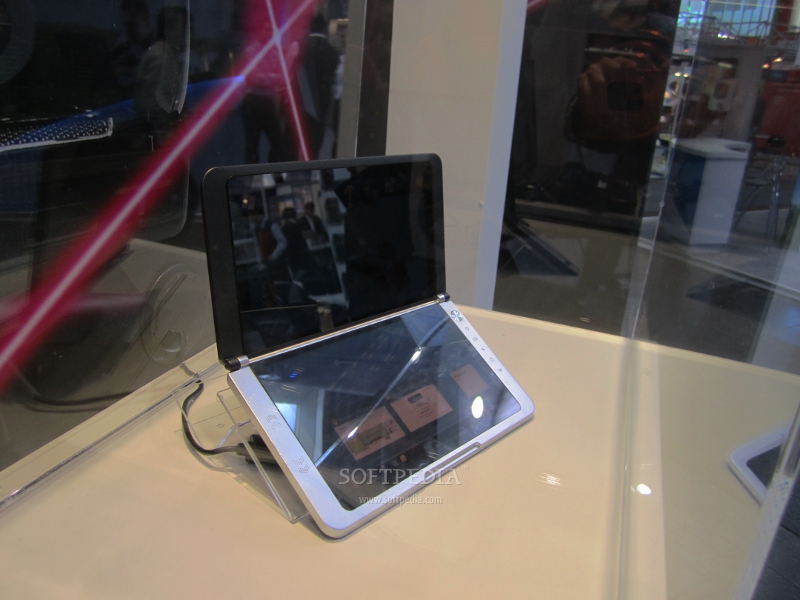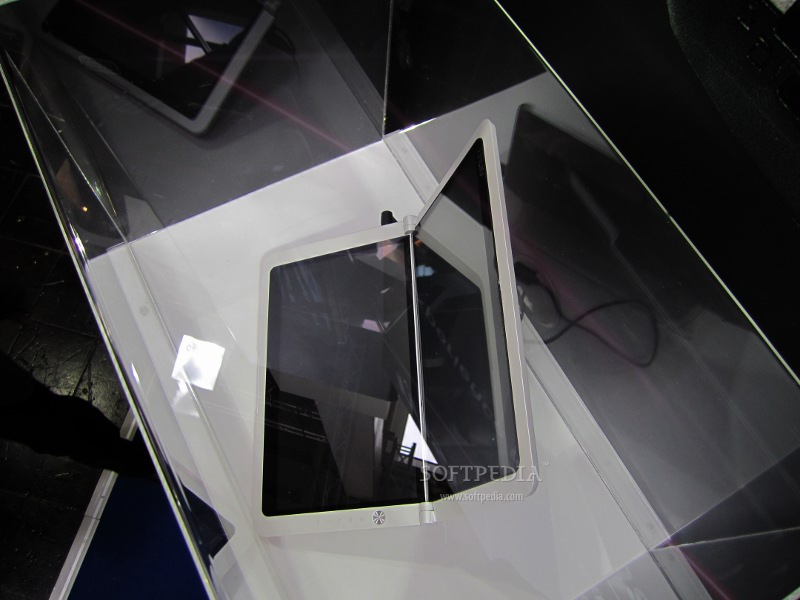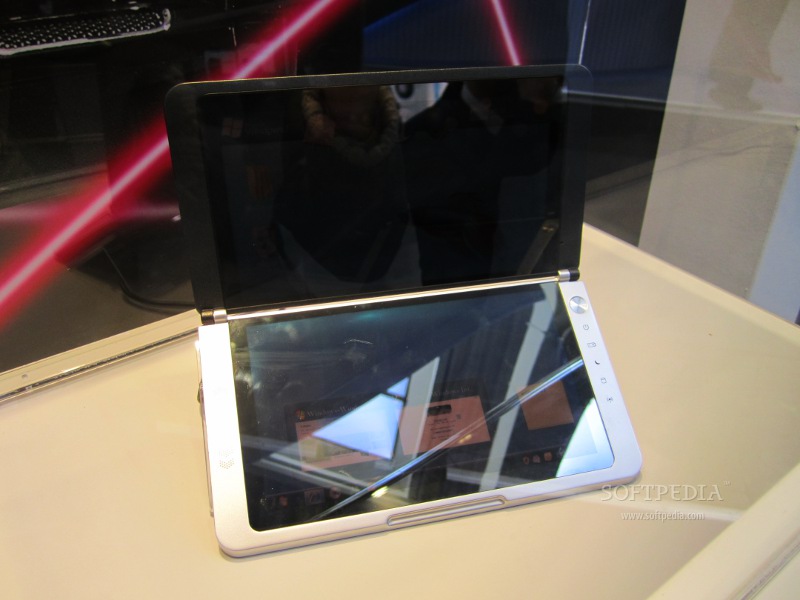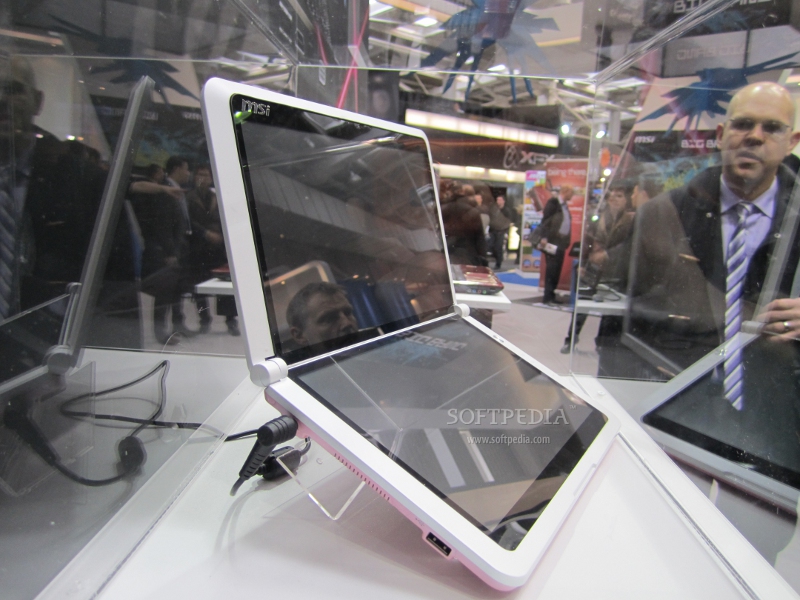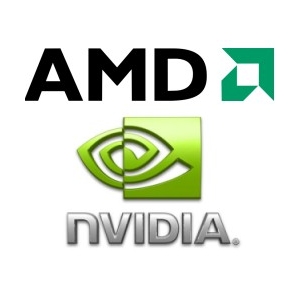Dogs have always been well known for their sensory organs and thus, this is the only animal used to detect humans, bombs, drugs etc. Dog sensory organs have once again created history after a Japan researcher has declared that dogs apparently can detect colorectal cancer.
According to a researcher form Kyushu University, a 8 year old female labrador Retriever, can detect the presence of Colorectal Cancer with the help of smell, with the accuracy level of 98%.
This dog was trained for water rescue and was able to detect 12 types of cancer until she joined the Cancer Study. The study was undertaken by Dr. Hideto Sonoda. The aim of the study was to detect whether cancer be detected with odour. Under the study Dr. Hideto took stool and breath samples of 40 cancer patients and 320 healthy people. "The tests were conducted from November to June, because the dog's concentration tends to decrease during the hot summer season," Sonoda noted.
After the completion of the research Sonoda reported that the dog was able to tell colorectal cancerous samples from noncancerous samples. "Moreover, canine scent judgment even appeared to be highly accurate for early-stage the cancer," Sonoda said. Based on the study which proved that dog can detect Colorectal cancer, the researcher reported that evaluation of breath samples was accurate 95% and stool sample was accurate 98%.
Dog was able to detect Colorectal Cancer even in people who were smokers and stomach disease patients. The test was undertaken three times, "The results of all tests were correct, thereby suggesting that a specific cancer scent indeed exists," said Sonoda.
At the same time Sonoda made it clear that even after being proved that dog can detect Colorectal cancer. They cannot be taken as the only source for detection. "Canine scent judgment yielded correct answers for these cancers as well, suggesting that common scents may exist among various cancer types. We hope that the results of the present study will provide encouragement for the development of cancer detection and solving the biological character of cancer using odor material," he said." Sonoda said.
Read more...






